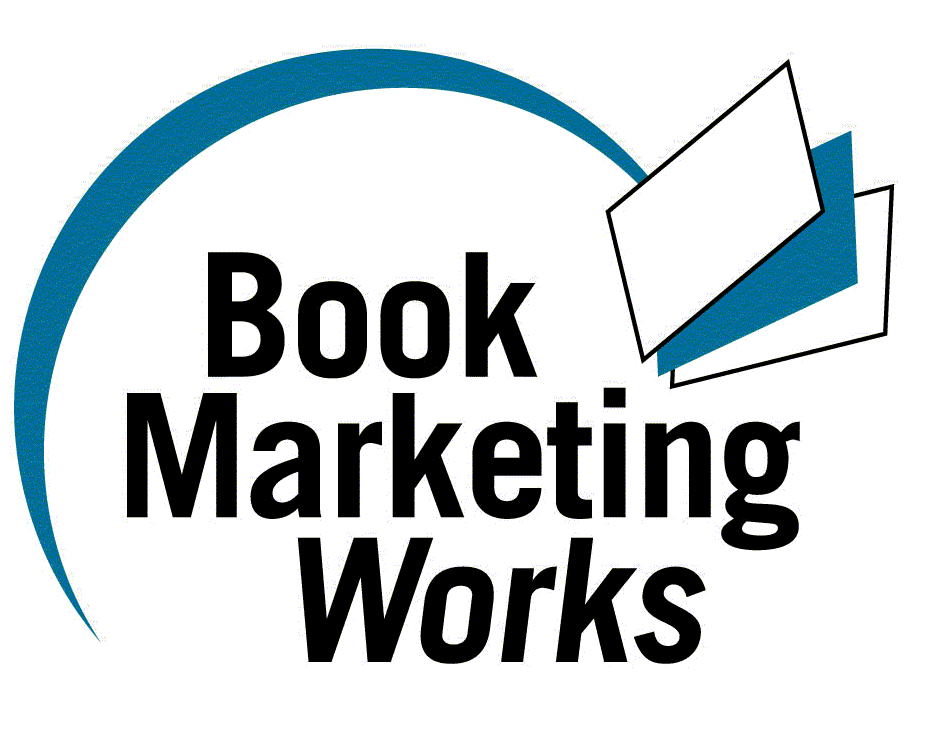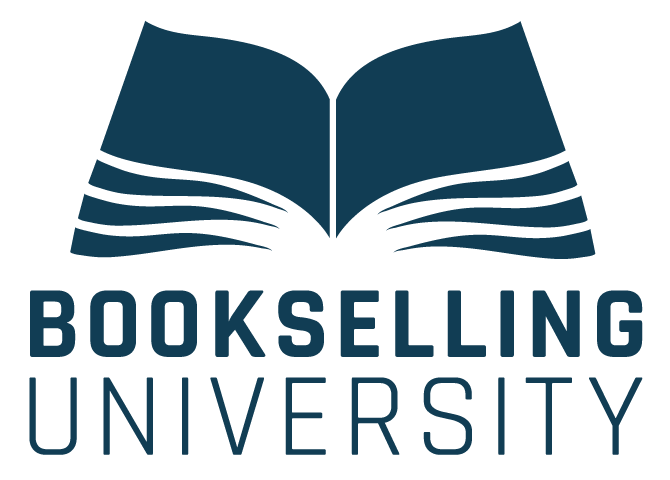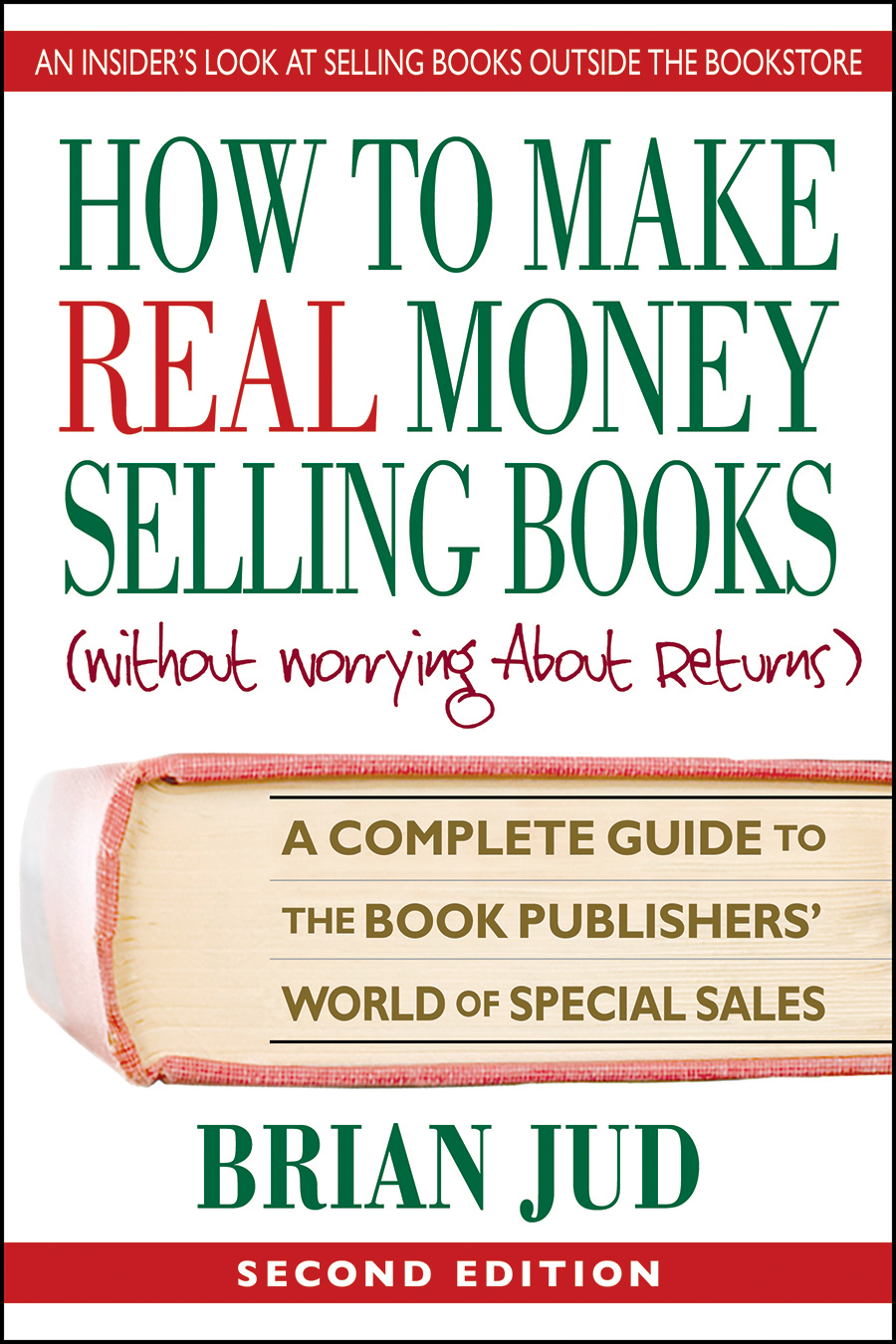Prioritize Your Prospect List for More Sales
Brian Jud
It is easy to create or buy a list
of prospective buyers for your titles. But any list is comprised only
of suspects, names of people who might fit the description of
those in your target audience. You will waste time and money if you
initially treat each as having the same need and desire to purchase
your books. But by using a simple technique, you can remove those with
no interest in buying your products and devote your marketing attention
to contacting those with a higher likelihood of buying.
In this process, potential buyers
are ranked according to various criteria that you define. They begin
as suspects, simply names on a list. Then as you qualify them according
to their fit with your criteria, they are either removed from your list,
or become prospects. Once they buy, they become customers.
Get a Fastart™1
There are two steps to qualifying and prioritizing your suspects. This system recognizes that some people take longer to make decisions than others, have different reasons for buying, or may be at varying levels of familiarity with you and your titles.
Step One: Qualify
Assuming that you have a list of
“suspects,” begin by removing those that will probably not buy your
books. Organize the remaining prospects in categories that make it easier
to contact each. Do this by evaluating each prospect against a list
of buying criteria, such as these:
1) By size of opportunity. Some people may buy one book at a time, while others have the potential for buying books in large quantities. The latter group involves the most lucrative sales, so these buyers would make good prospects. For example, niche bookstores online may display your title on their website and purchase from you as sales are made. Orders will come in for a book at a time until sales warrant stocking larger quantities. On the other hand, a company buying your books to use as a premium may purchase thousands at a time. For the time being, remove those who will buy one at a time so you can focus on those who can place large orders.
2) By the people involved in the decision. There are two groups of people involved in many book-buying decisions, particularly in special-sales situations. First are the people who actually make the purchasing decisions; and second are those who influence them. Typically, you must reach both in order to complete a large sale. Make a separate list of buyers and influencers at those firms that may buy in large quantities
3) By your familiarity with the market.
You probably know more about selling to various potential markets than
you do about others. Some, such as libraries and airport stores, mirror
the traditional distribution channels with which you are familiar, so
you are likely to enter these networks more quickly. Arrange your prospects
into groups accessible by similar distribution channels.
4) By benefit
(to them). People buy for their reasons, not yours. And they all have
different reasons for doing so. For instance, book buyers in supermarkets
seek quick inventory turns on limited shelf space; bookstores buyers
look for increased traffic through their stores; newspaper editors want
greater subscriptions and readership. Classify prospects by similar
needs.
5) By means of communication.
Some people prefer to be contacted by telephone and others by email;
some by direct mail, some by fax, and others by personal visit. Find
out how people want to learn about new titles, and group them accordingly.
This will streamline your marketing activities while accommodating their
wishes.
6) By their awareness of your topic.
People move through a series of stages before buying a book. First they
are unaware that it exists. Then, once they learn about it, they may
not understand its benefit to them. After a series of exposures to your
message they may (or may not) decide to buy it. Unfortunately, people
are at various points along this continuum at any given point.
Categorize people by their
knowledge of your topic. For example, members in the National Association
of Sales Professionals (http://www.nasp.com/) will be familiar with the potential benefits
from your book on selling skills, and probably ready to buy more quickly.
7) By their ability to buy for others.
You could sell one of your children’s books to each of hundreds of
daycare centers. Or, you could sell hundreds of books to one buyer at
Kindercare. Which strategy do you think would be more profitable? Seek
those who can purchase and receive books, and then re-distribute them
to others.
Step Two: Prioritize
Once you have organized your suspects into lists of prospective buyers, rank them in the order in which you will contact them. For example, not all of those who are aware of your topic are equally interested in, or qualified for buying your books. Prioritize them according to a priority system that might look something like this:
A priority. These are your top prospects. They are most likely to purchase your books, have a short buying cycle, or could possibly order in large quantities. You might also include those with a long buying cycle, so you can “work” those while stimulating short-run revenue among other prospects.
B
priority. Potential customers who may buy a smaller quantity
of books, or have less need for – or are unaware of — your title.
These people could be lucrative buyers if you market to them appropriately.
C
priority. These prospects may have no budget now, but “call
me in six months.” Or, they may have recently purchased a quantity
of similar books. Remember that C prospects may turn into
A-priority people in the future. If they have no need for your title,
remove them from your list.
Now it is time to begin contacting
your prospects and converting them into customers. Focus on one target
market and direct your attention to it. Call, email, fax or send people
information about how your books can benefit them.
Spend time every day with A
and B prospects. Work frequently with the As to close
the sale. Explain your topic to the Bs, persuading them to increase
their order size or get them to buy more quickly. Revisit your C
list periodically to remind them that you will be around when they are
ready to buy. Contact them periodically to keep your name before them.
Use your contact-management software
to keep good records of each prospect, and immediately plan when your
next contact will occur. Continue to follow up until you receive a positive
or negative answer. If the answer is positive, send the requested information
or a sample of one of your books. Then follow up again. If the answer
is negative, add the respondent’s name to a list of C prospects
to contact again in three, six or nine months.
Use this system to organize your
selling time and prioritize your contacts. Eventually, you will be more
effective and efficient, increasing your sales and profits.
Brian Jud is author of Beyond the Bookstore (a Publishers Weekly book) and The Marketing Planning CD-ROM describing new ways to sell more books profitably to special-sales buyers. He is also the author of the new series of printed booklets published by R. R. Bowker with Proven Tips for Publishing Success. Brian is editor of the Book Marketing Matters special-sales newsletter, and creator of the Special-Sales Profit Center used by R. R. Bowker to sell other publishers’ books to special markets. Contact Brian at P. O. Box 715, Avon, CT 06001; (800) 562-4357; brianjud@bookmarketing.com or visit http://www.bookmarketing.com.





